
A beard is the hair that grows on the jaw, chin, upper lip, lower lip, cheeks, and neck of humans and some non-human animals. In humans, usually pubescent or adult males are able to start growing beards, on average at the age of 21.
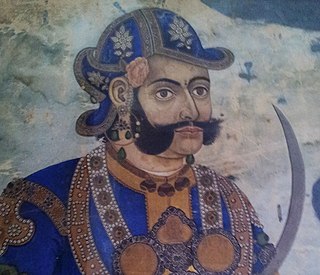
Sideburns, sideboards, or side whiskers are facial hair grown on the sides of the face, extending from the hairline to run parallel to or beyond the ears. The term sideburns is a 19th-century corruption of the original burnsides, named after American Civil War general Ambrose Burnside, a man known for his unusual facial hairstyle that connected thick sideburns by way of a moustache, but left the chin clean-shaven.
The year 1939 in film is widely considered the greatest year in film history. The ten Best Picture-nominated films that year include classics in multiple genres.
The year 1938 in film involved some significant events.

A moustache is a growth of facial hair grown above the upper lip and under the nose. Moustaches have been worn in various styles throughout history.

A handlebar moustache is a moustache with particularly lengthy and upwardly curved extremities. These moustache styles are named for their resemblance to the handlebars of a bicycle. It is also known as a spaghetti moustache, because of its stereotypical association with Italian men. The Handlebar Club humorously describes the style as "a hirsute appendage of the upper lip and with graspable extremities".
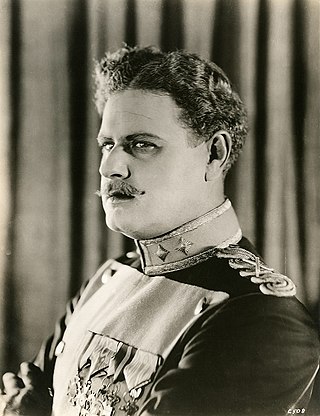
Alan Hale Sr. was an American actor and director. He is best remembered for his many character roles, in particular as a frequent sidekick of Errol Flynn, as well as films supporting Lon Chaney, Wallace Beery, Douglas Fairbanks, James Cagney, Clark Gable, Cary Grant, Humphrey Bogart, and Ronald Reagan. Hale was usually billed as Alan Hale and his career in film lasted 40 years. His son, Alan Hale Jr., also became an actor and remains most famous for playing "the Skipper" on the television series Gilligan's Island.

The philtrum, or medial cleft, is a vertical indentation in the middle area of the upper lip, common to therian mammals, extending in humans from the nasal septum to the tubercle of the upper lip. Together with a glandular rhinarium and slit-like nostrils, it is believed to constitute the primitive condition for at least therian mammals. Monotremes lack a philtrum, though this could be due to the specialised, beak-like jaws in living species.
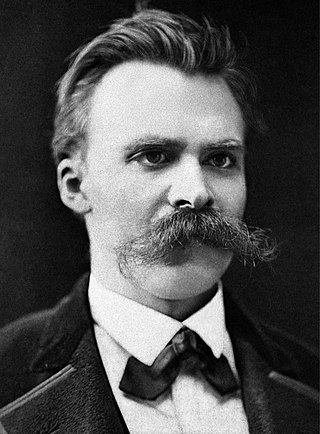
The walrus moustache is characterized by whiskers that are thick, bushy, and drop over the mouth. The style resembles the whiskers of a walrus, hence the name.
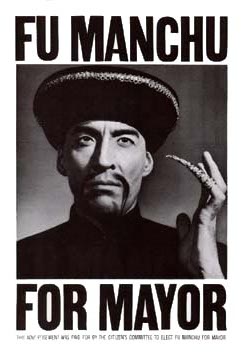
A Fu Manchu moustache or simply Fu Manchu, is a full, straight moustache extending from under the nose past the corners of the mouth and growing downward past the clean-shaven lips and chin in two tapered "tendrils", often extending past the jawline. An expansion of the Fu Manchu sometimes includes a third long "tendril" descending from a small patch on the chin.

The toothbrush moustache is a style of moustache in which the sides are vertical rather than tapered, visually resembling the bristles on a toothbrush. First becoming popular in the United States in the late 19th century, the style spread to Germany and elsewhere. It was made famous by comedians such as Charlie Chaplin and Oliver Hardy before reaching its height of popularity in the interwar years. The style became unfashionable after World War II due to its strong association with Nazi leader Adolf Hitler, leading to its sometimes being called the 'Hitler moustache'.
Hollywood Greats is a BBC Television series, which originally ran from 1977 to 1985. The film critic Barry Norman wrote and narrated a series of in-depth profiles on major Hollywood film personalities, in which he interviewed surviving associates. He was also responsible for a series called British Greats in 1980. A series of books, titled The Hollywood Greats, The Movie Greats and The British Greats, which were written by Norman, were published.

The vermilion border, also called margin or zone, is the normally sharp demarcation between the lip and the adjacent normal skin. It represents the change in the epidermis from highly keratinized external skin to less keratinized internal skin. It has no sebaceous glands, sweat glands, or facial hair.
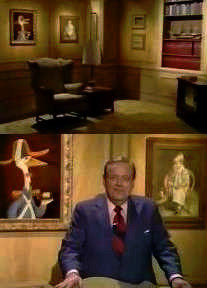
Family Classics is a Chicago television series which began in 1962 when Frazier Thomas was added to another program at WGN-TV. Thomas not only hosted classic films, but also selected the titles and personally edited them to remove those scenes which he thought were not fit for family viewing. After Thomas' death in 1985, Roy Leonard took over the program. The series continued sporadically until its initial cancellation in 2000.

"Pencil Thin Mustache" is a song written and performed by American popular-music singer and songwriter Jimmy Buffett. It was released as a single on Dunhill D-15011 in August 1974. It was first released on his album of 1974, Living and Dying in ¾ Time. It just missed the Billboard Hot 100 at number 1 on Bubbling Under Hot 100 Singles, and reached number 44 on the Easy Listening chart.

Mustache March is an annual event occurring in the month of March, where members in the United States Air Force grow mustaches to honor Air Force legend Robin Olds. As the name implies, it starts on the 1st of March and any participant who starts in the month of February is disqualified. The idea stems from an early Air Force tradition in which members of the U.S. Air Force would grow mustaches in good-natured protest against facial hair regulations during the month of March. The act of growing a mustache as a gesture of defiance against dogmatic leadership is attributed to U.S. Air Force triple-ace Robin Olds who grew an extravagantly waxed handlebar mustache which did not comply with U.S. Air Force regulations.

Facial hair in the military has been at various times common, prohibited, or an integral part of the uniform.
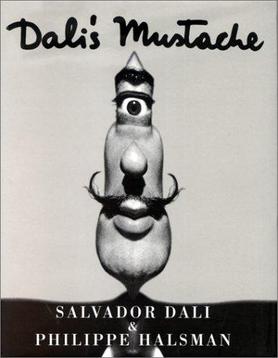
Dali's Mustache is an absurdist humorous book by the surrealist artist Salvador Dalí (1904–1989) and his friend, the photographer Philippe Halsman (1906–1979). The first edition was published in October 1954 in New York; slightly modified French editions followed in the 1980s and 1990s.
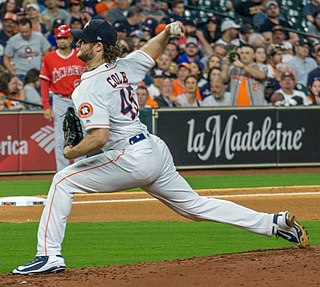
Since 1976, the New York Yankees of Major League Baseball (MLB) have maintained a strict appearance policy, specifying that players' hair must not touch their collars and that they may have mustaches but no other facial hair. The policy came from then-franchise owner George Steinbrenner, who believed that regulating his players' appearance would instill a sense of discipline. Steinbrenner began noting which players he believed needed haircuts when he took over the Yankees in 1973, but the policy was not codified until three years later. Steinbrenner's policy remains in place after his death, and has led to a number of dramatic appearance changes for players who come to the Yankees from other teams, such as Oscar Gamble, as well as pushback from players who prefer long hair and beards. In 1991, Don Mattingly was taken out of the Yankees' lineup for a day when he refused to cut his hair.
































